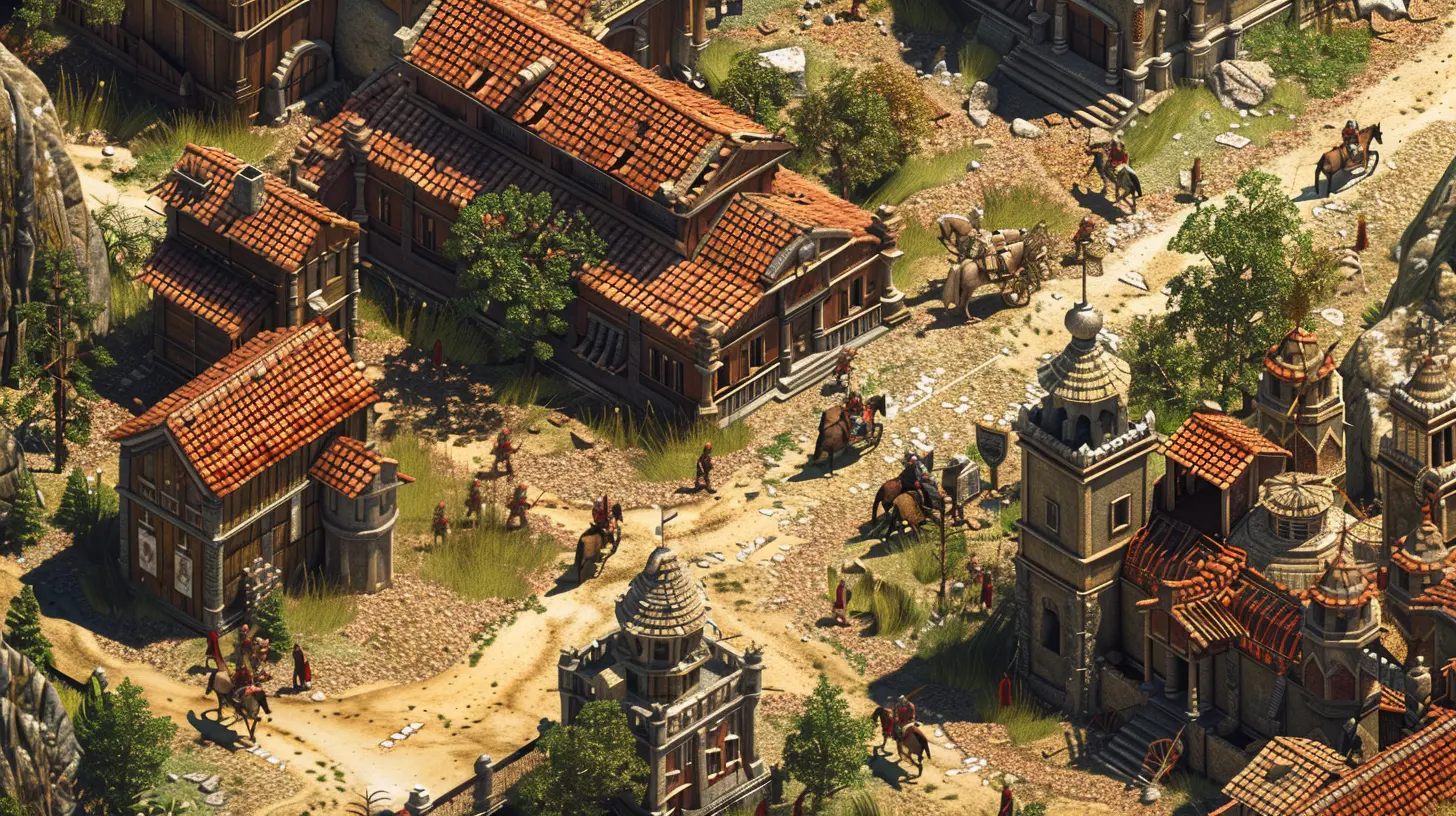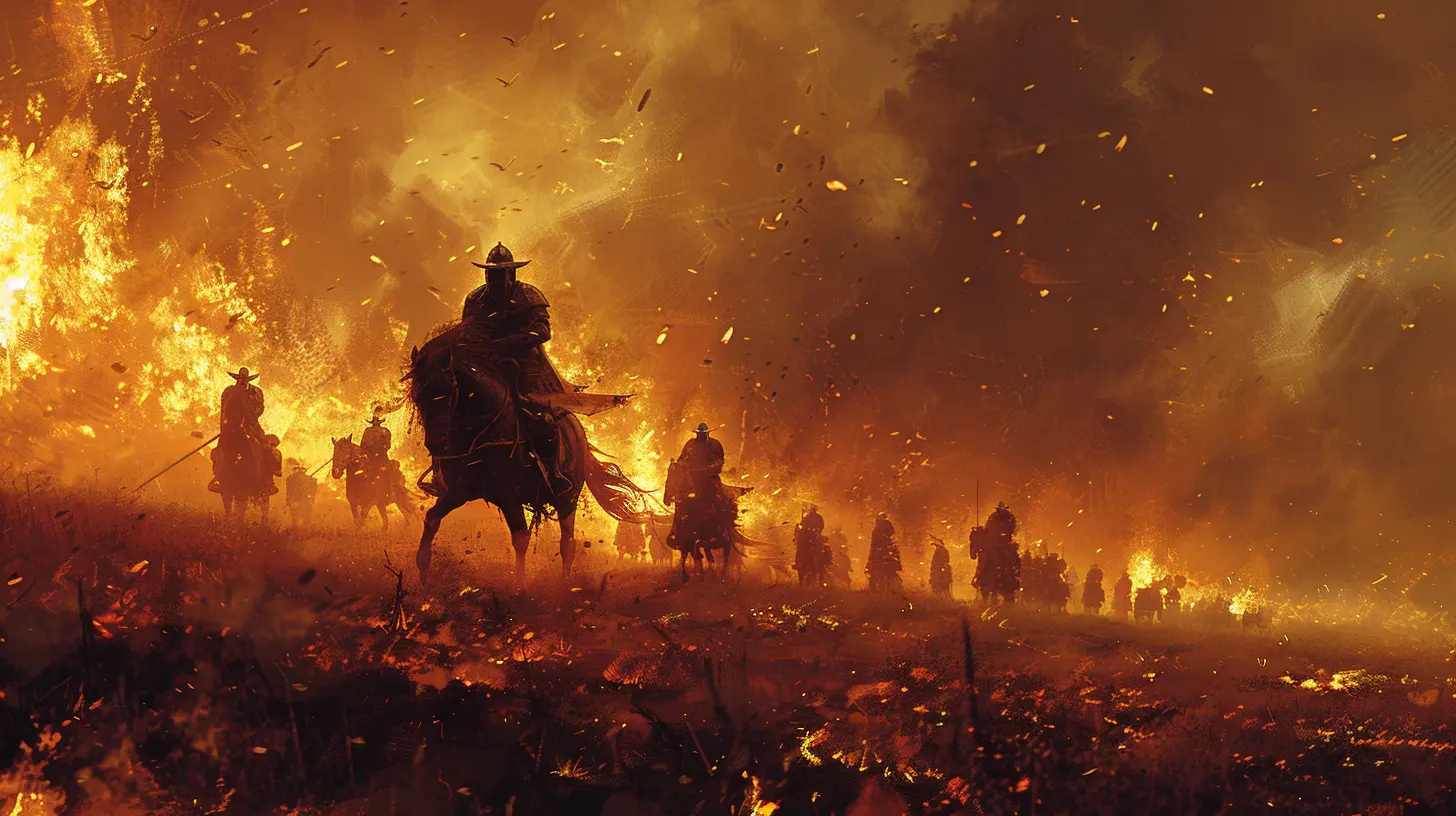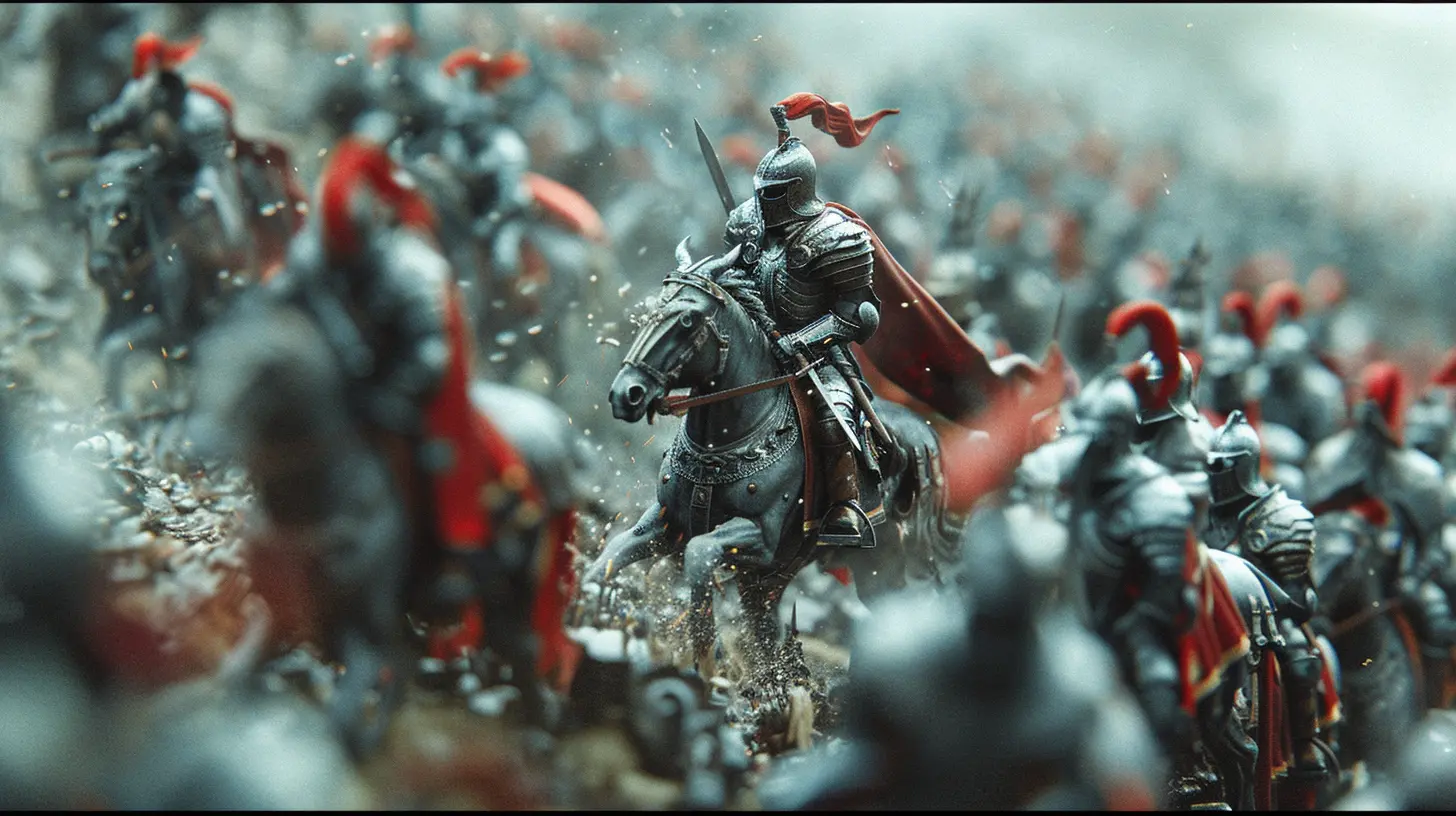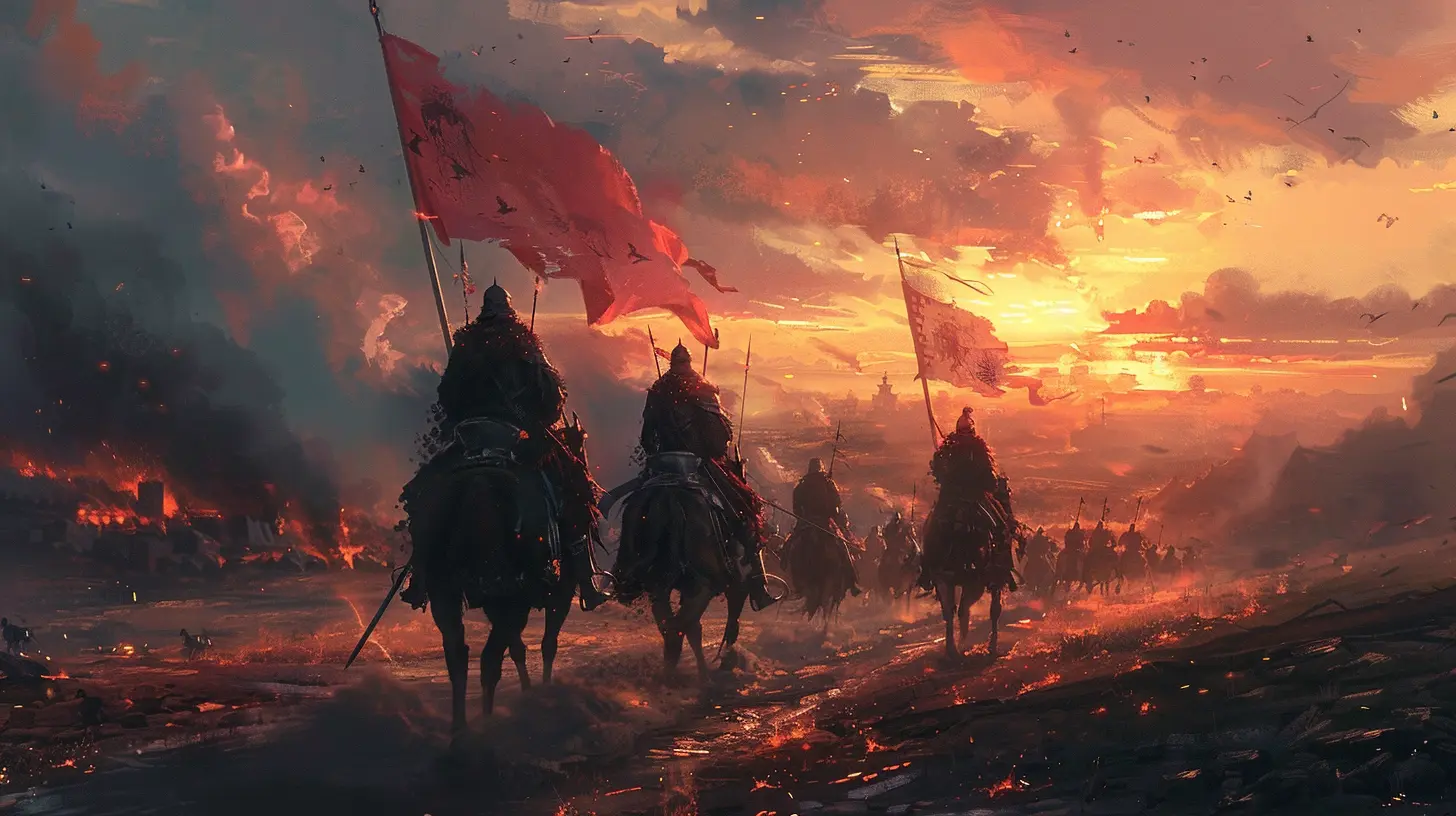How to Effectively Scout Your Enemy in RTS Games
7 June 2025
Success in Real-Time Strategy (RTS) games often hinges on one crucial skill: scouting. Knowing what your opponent is up to is like having a secret map to their playbook. It's the difference between confidently defending against a surprise tank rush or getting blindsided by an airstrike you never saw coming. Scouting is your GPS in the fog of war—it shows you where to go, what to prepare for, and how to adapt. Sounds important, right? Well, it is!
In this article, we’ll break down how to scout effectively in RTS games, step by step. Whether you’re a newbie or a seasoned veteran looking to sharpen your skills, you’ll walk away with actionable tips to dominate your enemies.
Why Is Scouting So Freakin' Important?
Let’s start with the big picture. Why bother with scouting at all? Wouldn’t it be better to focus on building up your economy or pumping out units? Not really. Here’s why:- Intel Wins Games: RTS games are essentially high-speed chess matches. If you know what your opponent is doing before they do it, you’ll always be one step ahead.
- React, Don’t Guess: Without scouting, you’re playing blind. Do you go for anti-air units or heavy infantry? Without intel, every decision feels like flipping a coin.
- Adapt Your Strategy: Scouting gives you the data you need to adjust. If you see your opponent teching up, you can adapt your build accordingly.
Think of it this way: scouting is like peeking at your opponent’s hand in poker. You can’t guarantee a win, but you sure as heck improve your odds.
Scouting Basics: The Fundamentals You Need to Know
Before we dive into more advanced techniques, let’s cover some basic guidelines. These are universal principles that apply to pretty much every RTS game, whether you’re playing StarCraft, Age of Empires, or even the iconic Command & Conquer.1. Scout Early, Scout Often
The earlier you scout, the more time you have to react. At the beginning of the game, send out a worker, scout unit, or even a small squad to check out your enemy’s base. You’re looking for critical information, like:- Where their base is located.
- What resources they’re prioritizing.
- If they’re rushing an early attack or focusing on building up.
And don’t stop there! Scouting isn’t a one-and-done deal. Keep tabs on the enemy throughout the game. Use fast units, stealth units, or even air units to regularly update your intel.
2. Know What to Look For
Scouting isn’t just about moving units around randomly. You need a plan. Here’s what you should be looking for:- Unit Composition: Are they building lots of infantry? Vehicles? Air units? Knowing this helps you tailor your strategy.
- Tech Progression: Spot structures that indicate higher-tier units, like a Starport in StarCraft or an Outpost in Age of Empires.
- Economy: How many workers or resource gathering units do they have? Are they expanding to new areas?
- Defensive Structures: Are they turtling up with turrets and walls, or are they leaving themselves open?
Basically, you’re Sherlock Holmes, piecing together clues to figure out what they’ll do next.
3. Use the Right Units for the Job
Not all units are created equal when it comes to scouting. You want something fast, expendable, and ideally sneaky. Here are some examples:- Fast Units: Light cavalry in Age of Empires or Zerglings in StarCraft.
- Stealth Units: Cloaked units can scout without getting noticed, but they usually come later in the game.
- Flying Units: Aircraft can bypass ground defenses and quickly scout large areas.
Pro tip: Don’t send expensive or critical units to scout unless you absolutely have to. Losing them hurts way more than losing a cheap scout.
Advanced Scouting Strategies
Alright, now that we’ve got the basics down, let’s spice it up with some advanced moves. These strategies can give you an edge over even the toughest opponents.1. Scout Paths and Chokepoints
Your enemy isn’t always sitting in their base twiddling their thumbs. They’re moving units, expanding, and attacking. Scout along key paths they’re likely to use. Think about:- Chokepoints: These narrow areas between bases are prime spots for early skirmishes.
- Resource Nodes: Everyone needs resources. If you spot your opponent collecting at a distant gold mine, you know exactly where to strike.
- Base Expansions: Keep an eye on secondary bases to see if they’re extending their economy.
Scouting these areas gives you a broader understanding of the battlefield.
2. Fake Scouts to Bait Your Opponent
Here’s a sneaky trick: send a decoy scout to make your enemy think they’ve been spotted. They might panic, reposition their army, or change their build order. Meanwhile, your real scout is gathering intel elsewhere. It’s the RTS equivalent of “look over there!” while you steal their wallet.3. Use Stealth and Vision Control
Some RTS games let you hide units or control the line of sight. Use this to your advantage! For example:- In StarCraft, hide cloaked units near the enemy base to keep tabs on them without getting detected.
- In Age of Empires, take the high ground to extend your visibility and make your scout harder to spot.
Vision is power. Be the all-seeing eye your opponent fears.
4. Exploit Enemy Scouting
Your opponent is probably scouting you too. Don’t just sit there and let it happen. Kill their scouts whenever you can, or better yet, feed them false information. For instance:- Build specific units or structures in plain sight to trick them into thinking you’re going for a certain strategy, then pivot to something else.
- Use scouting units to herd their scouts into traps.
Turning their own scouting against them is next-level mind games.
Mistakes to Avoid When Scouting
Even experienced players screw up scouting from time to time. Here are a few common pitfalls to avoid:- Scouting Too Late: By the time you realize your opponent is massing an army, it might already be marching toward you.
- Overcommitting Units: Don’t waste valuable units or resources on scouting when a cheaper option would do.
- Ignoring the Mini-Map: Most RTS games give you a mini-map that shows you what your scouts are seeing. Use it! Glancing down every now and then can save your bacon.
- Tunnel Vision: Scouting isn’t just about the enemy base. Pay attention to the entire battlefield.
Quick Tips for Different Games
StarCraft 2
- Scout with your initial worker and follow up with Reaper units.- Watch for expansions and tech structures like Stargates or Factories.
Age of Empires 4
- Use your Scout unit to grab sheep along the way for extra resources.- Keep an eye on enemy villagers and military unit production.
Command & Conquer
- Use early-game vehicles to scout terrain and locate the enemy’s build order.- Always monitor Tiberium fields for resource-heavy activity.
Each game has its quirks, so adapt your strategies accordingly.
Conclusion: Mastering the Scout’s Eye
Scouting isn’t just a mechanic—it’s an art form. It’s about staying two steps ahead, reacting instead of guessing, and turning your opponent’s plans into your advantage. With the tips and strategies we’ve covered, you’ll have the tools you need to become a master scout in any RTS game.Remember, scouting isn’t glamorous. It doesn’t make highlight reels or epic montages. But it’s the quiet MVP of every victory. So get out there, scout your heart out, and watch as your win rate skyrockets. You’ve got this!
all images in this post were generated using AI tools
Category:
Real Time StrategyAuthor:

Pascal Jennings
Discussion
rate this article
3 comments
Valencia Romero
Great tips, very insightful!
June 12, 2025 at 3:47 PM

Pascal Jennings
Thank you! I'm glad you found the tips helpful!
Camille Cantu
Great insights! Effective scouting can truly enhance gameplay strategy in RTS.
June 9, 2025 at 4:11 PM

Pascal Jennings
Thank you! I'm glad you found it insightful—effective scouting is indeed key to crafting winning strategies in RTS games!
Joy Phillips
Effective scouting blends strategic foresight with adaptability, crucial for gaining insights and anticipating enemy moves.
June 7, 2025 at 4:38 PM

Pascal Jennings
Thank you! Absolutely, combining foresight with adaptability is key to successful scouting in RTS games.



